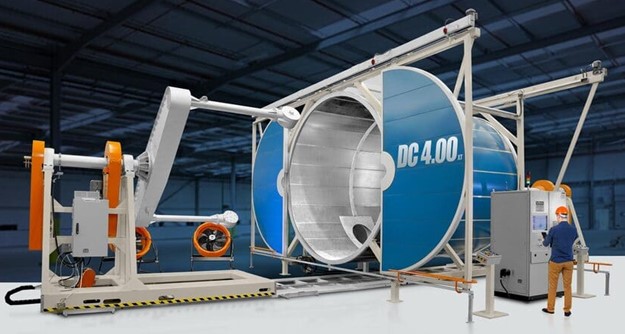Why Rotomolding Is Ideal for Complex Plastic Designs
Why Rotomolding Is Ideal for Complex Plastic Designs
Blog Article
Rotational molding, also referred to as "rotomolding," is a modern manufacturing technique that is widely used for creating hollow plastic items. For everything from storage tanks and playground equipment to this technique is a blend of simplicity and advanced technology, allowing for unmatched design flexibility. But what's the science that creates Plastics Rotomolding so efficient?

The Process at a Glance
Rotational molding starts with a mold that is loaded with powdered plastic material. This mold is then heated and rotated simultaneously in two perpendicular axes within an oven. The constant rotation makes sure that the molten plastic is evenly coated on the inside of the mold. The mold is then cooled, solidifying it into a seamless, hollow structure.
The absence of pressure from outside is a key feature of this method, which ensures that the plastic settles and spreads evenly without stress. This is the main difference from other molding techniques like blow molding or injection molding.
Why is Rotational Molding Efficient?
The theory behind rotational molding is founded in the process of heat transfer and polymer behaviour. In the process of heating when the plastic powder melts, it forms and sticks to the mold while it spins in gradual controlled, controlled rotations. This guarantees uniform wall thickness and eliminates the chance of weak areas.
Cooling plays an equally important function. By maintaining steady airflow or water cooling, companies can avoid shrinkage or warping. Not to mention make sure that their final product has its intended form and structural strength.
According to statistics, rotational molding is able to produce parts with up to 99% material efficiency, reducing waste and making it an environmentally friendly option. Furthermore, it offers unparalleled versatility, which allows the production of complex and large designs without compromising quality.
Applications That Showcase Its Potential
The rotational molding process is suited to a variety of industries due to its versatility. Whether you need durable outdoor furniture or robust industrial containers, this method provides both function and value. The technique also supports multi-layered designs, allowing companies to blend different materials to enhance characteristics like UV resistance or thermal insulation.

Rotational molding is a demonstration to how material science and engineering come together to form our world. Its ability to streamline production while maintaining high-precision, it's no surprise that this technology is gaining popularity in discussions about manufacturing. Report this page